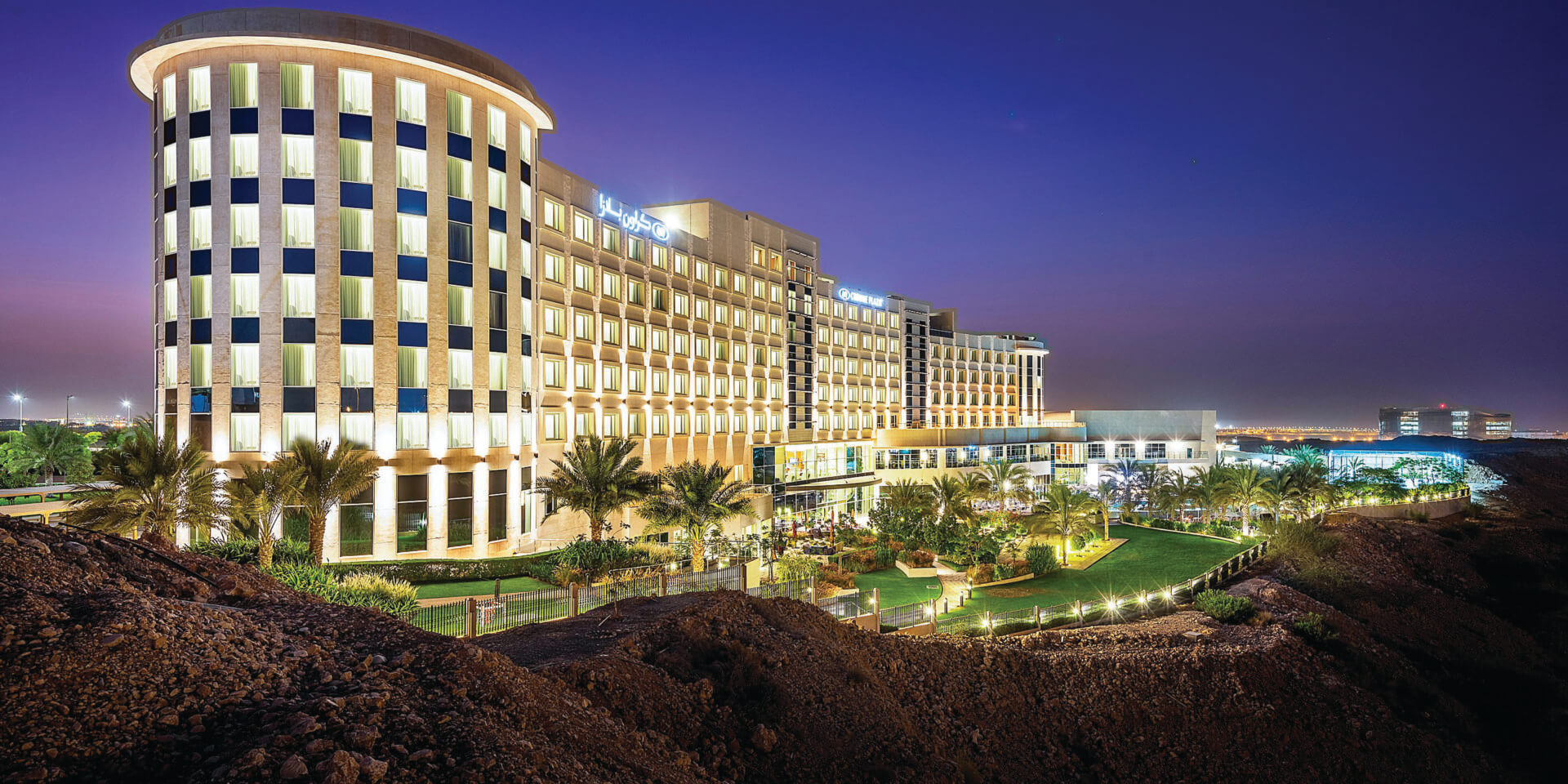
By Richard Neville, Chief Technology Officer, VITEC

As executives in the global hospitality sector assess new market dynamics in the aftermath of a long pandemic season, they are coming to grips with significant shifts in what travelers worldwide now expect regarding their digital entertainment and information needs.
The pandemic era’s shelter-in-place economy has not only left an indelible mark on consumers’ relationship with their personal devices and content services but also on how they digitally interact within the spaces they occupy — from stores and workplaces to hotels and resorts. Leaders in the hospitality sector are consequently reevaluating their approach to video entertainment and information services as new properties are built, and existing facilities are upgraded.
The Evolution Will Be Televised
Over the past few decades, video services have primarily been delivered through conventional set-top boxes, allowing hotels to offer a rich spectrum of on-demand video and linear cable channels. It has been a highly profitable strategy, producing positive — and familiar — experiences for guests by replicating the access that people had been used to at home.
Consumers today have become accustomed to watching what they want, when they want, on their devices of choice. Various industry analysts have determined that as many as two-thirds of guests want to watch live TV in their hotel room — to stay on top of local news and developments — while also having the option to cast content from their personal streaming services. About three-quarters of the traveling public appears willing to pay more to stay in properties that offer these capabilities.
The industry’s response to this immense pivot in video and content service demand has been uneven. While property managers and owners who view digital engagement as an essential part of the “stay experience” are rapidly revamping on-premises infrastructure and in-room experiences, others are spending more on pillows than video systems.
Property owners and management executives who take the shift in digital requirements seriously are moving on multiple fronts to address these emerging needs. Many are converting basic in-room TV setups that offer rudimentary access to legacy entertainment into robust media hubs that serve as a sophisticated — but easy-to-use — platform for delivering a wide variety of digital services. Beyond entertainment, effective in-room media hub strategies create the opportunity to provide guests with instant access to a wide array of digital concierge services, enhancing in person services offered by staff on site. It is a proven way of driving incremental traffic to on-premises restaurants and other revenue-generating offerings.



Role of Open Standards for Integrating Digital Services
Hoteliers that treat the in-room entertainment environment as a point of engagement will be well advised to integrate these services with customer relationship management, maintenance management, reservation management and other enterprise applications. To this end, integration and interoperability will play a key role in elevating the quality of the guest experience while maximizing the revenue generated by each guest.
Open standards and systems provide the foundation for this critical level of interoperability. The good news is that standards-based technologies — including IPTV — have evolved to the point where hoteliers can now easily integrate in-room entertainment and messaging with other digital services.
Digital signage is another technology category that has traditionally operated in its own silo, often consuming expensive resources. Today, however, it makes no sense to have separate systems for managing these different experiences.
From a technological perspective, displaying content on an in-room television screen is the same as messaging on a panel located in a public space.
Driving both kinds of content from common systems makes the dynamic management of these experiences easier. Technology — and standards — have evolved to a point where hoteliers can easily integrate in-room digital messages with signage across other areas of the hotel, such as the lobby, elevators, and bars.
The bottom line is this: As new hotels are built — and existing ones are upgraded — hoteliers who optimize guests’ digital experiences will be best positioned to improve margins while elevating guest satisfaction.

